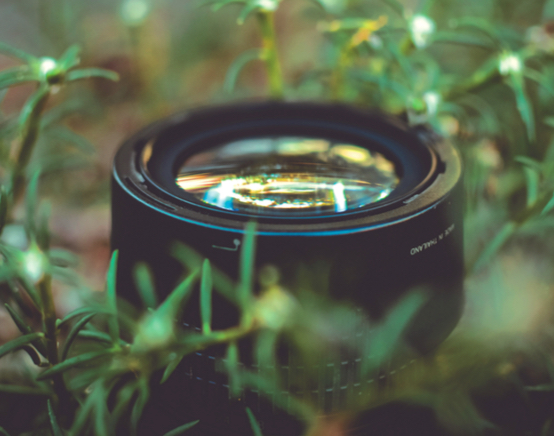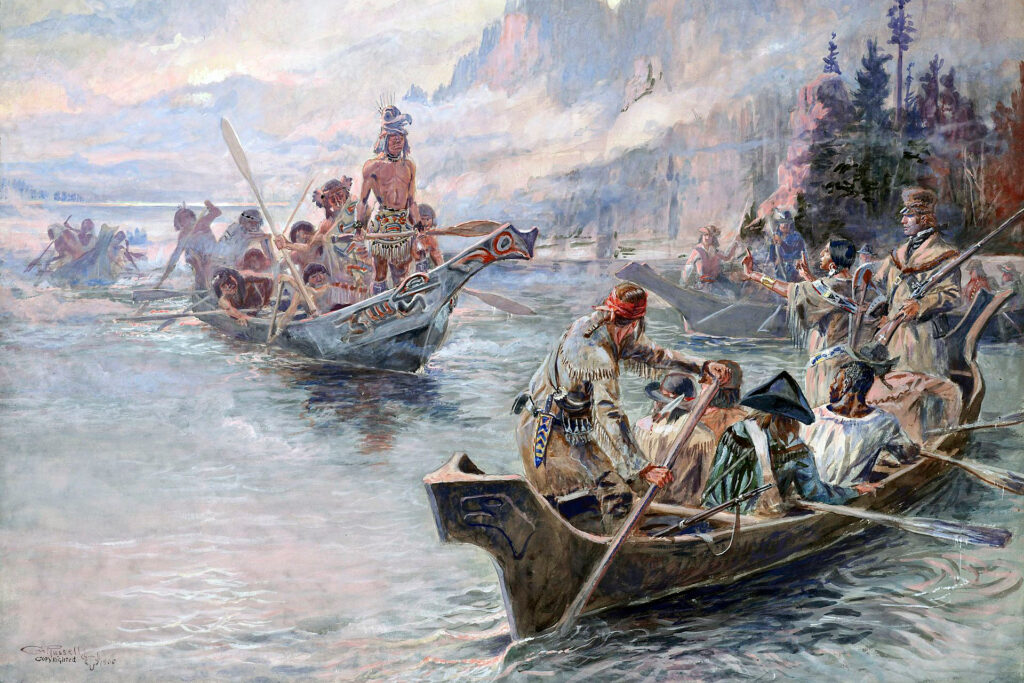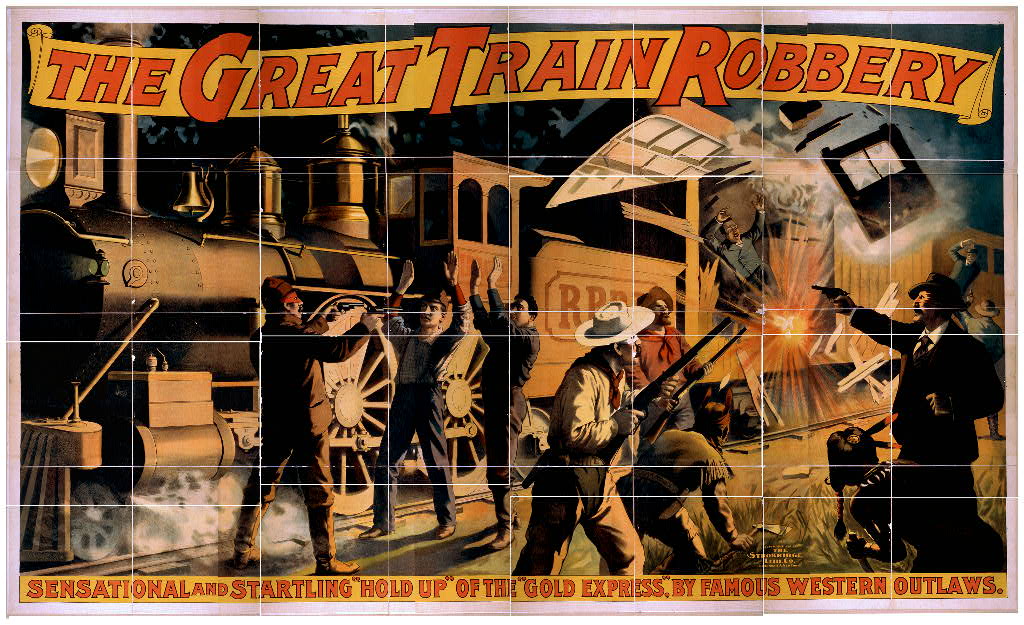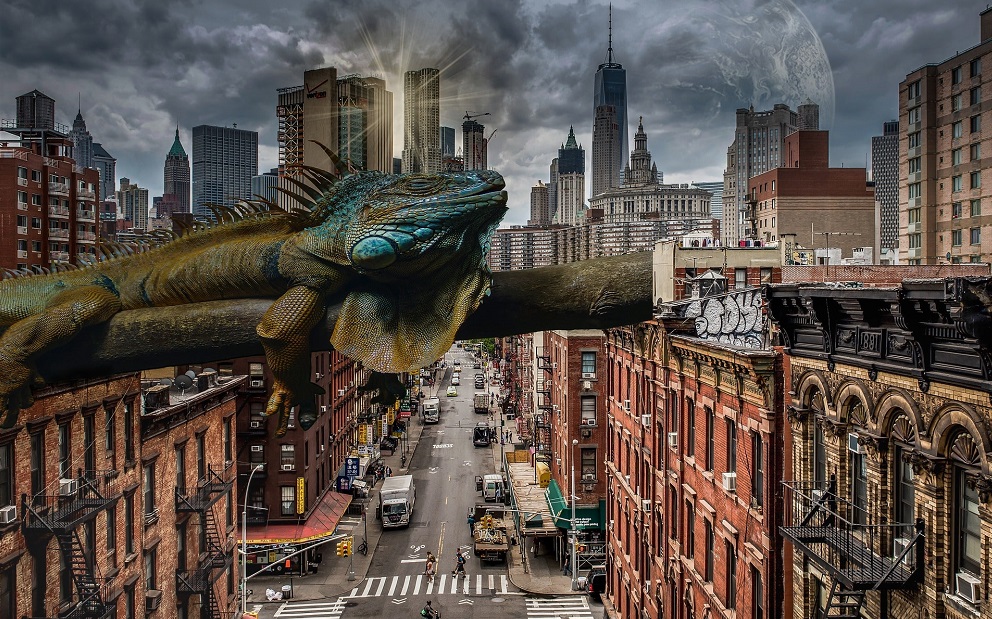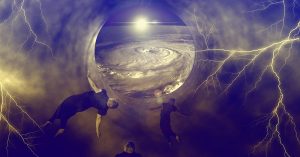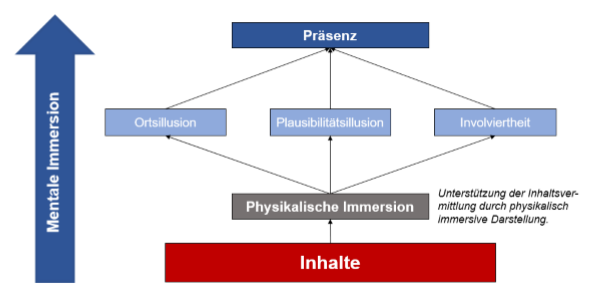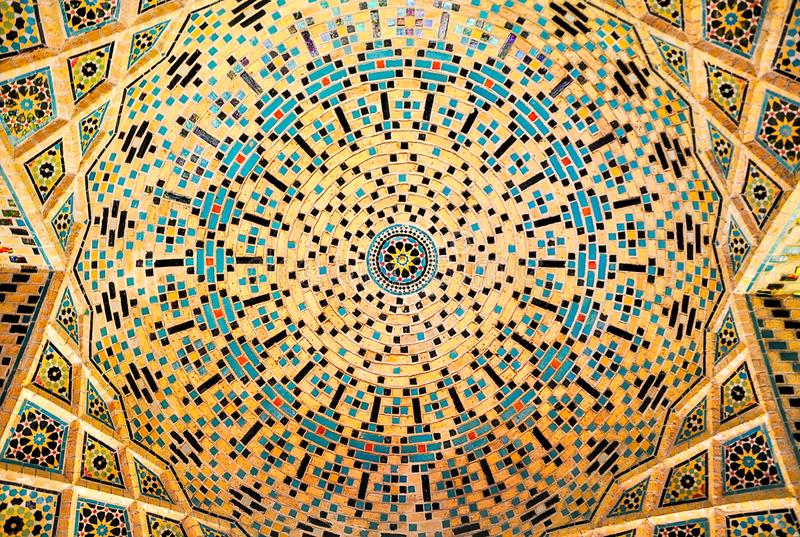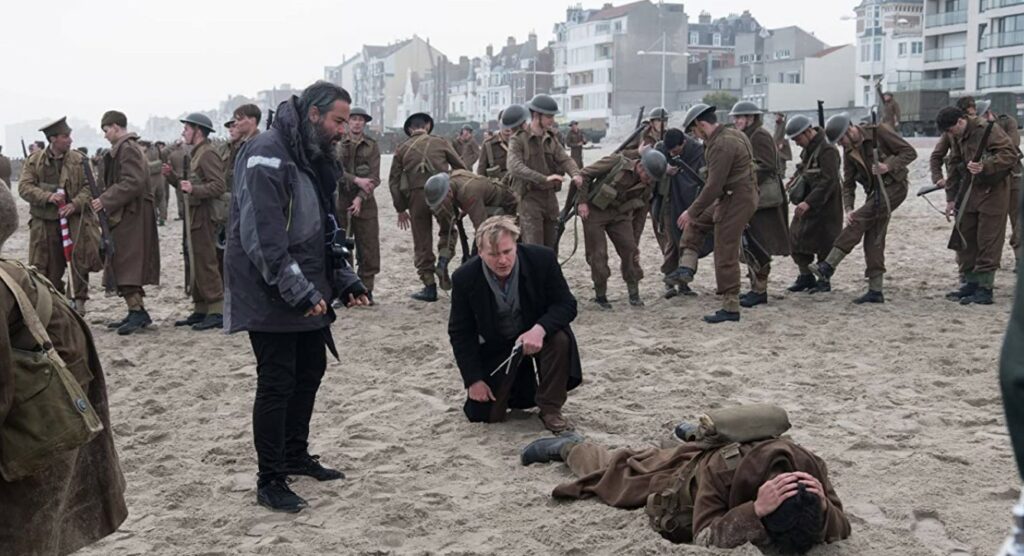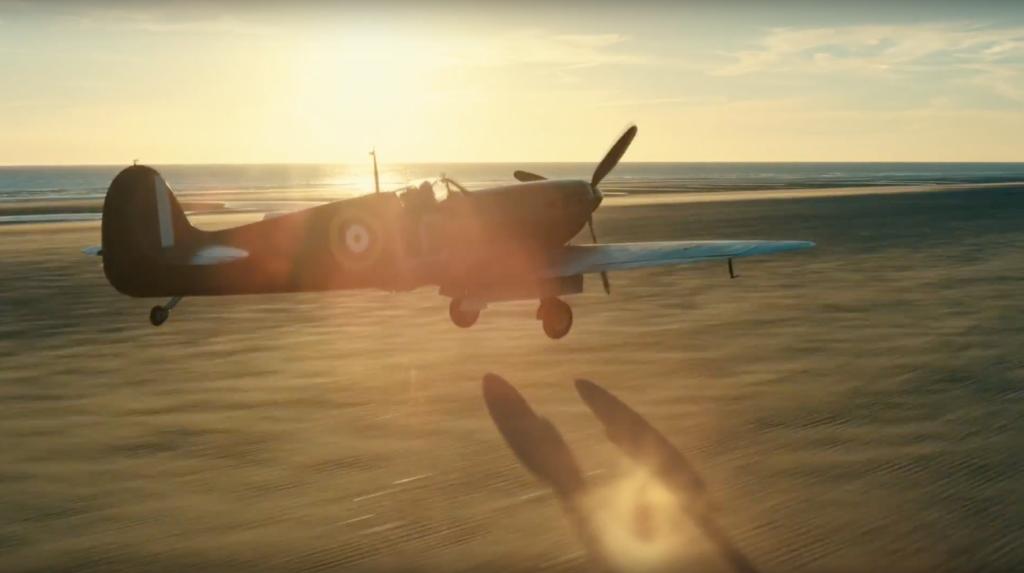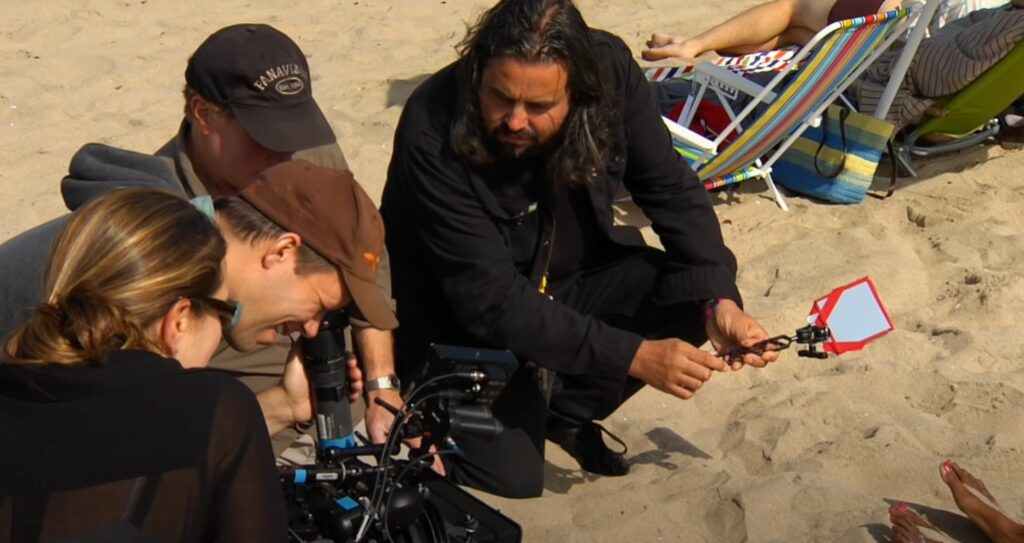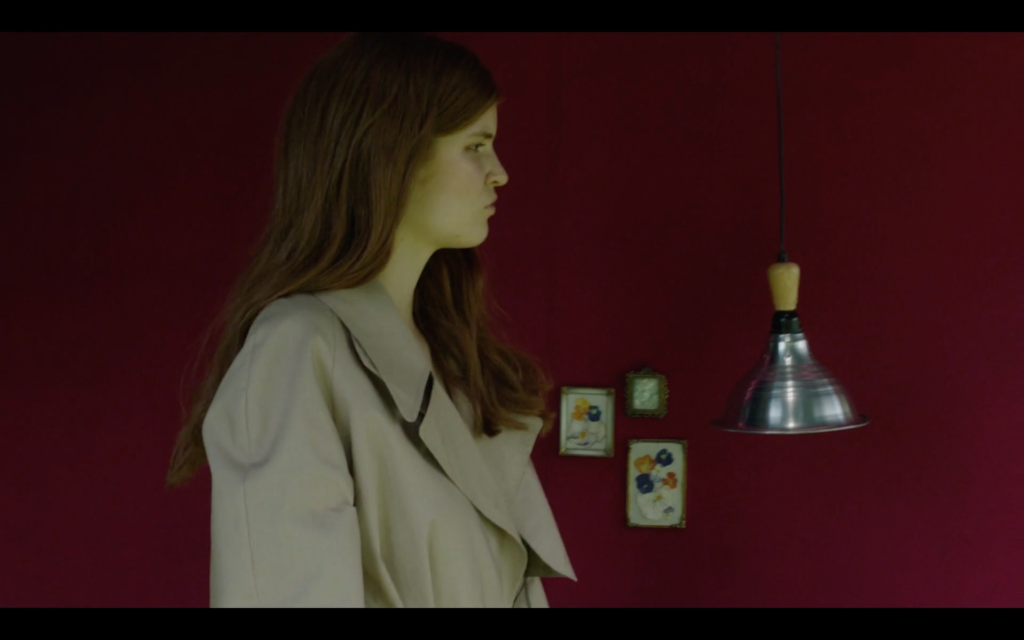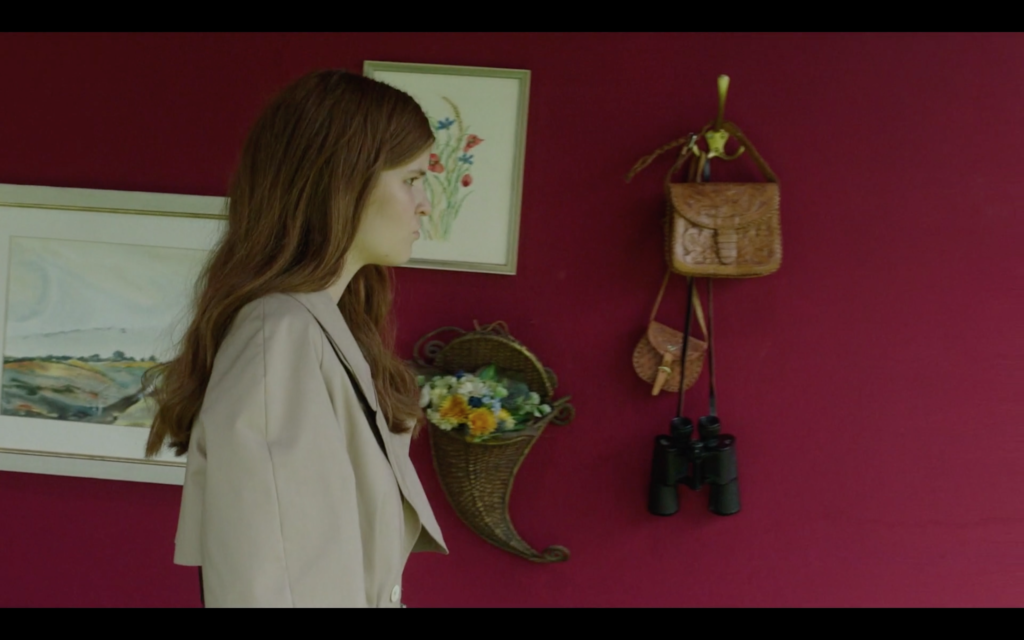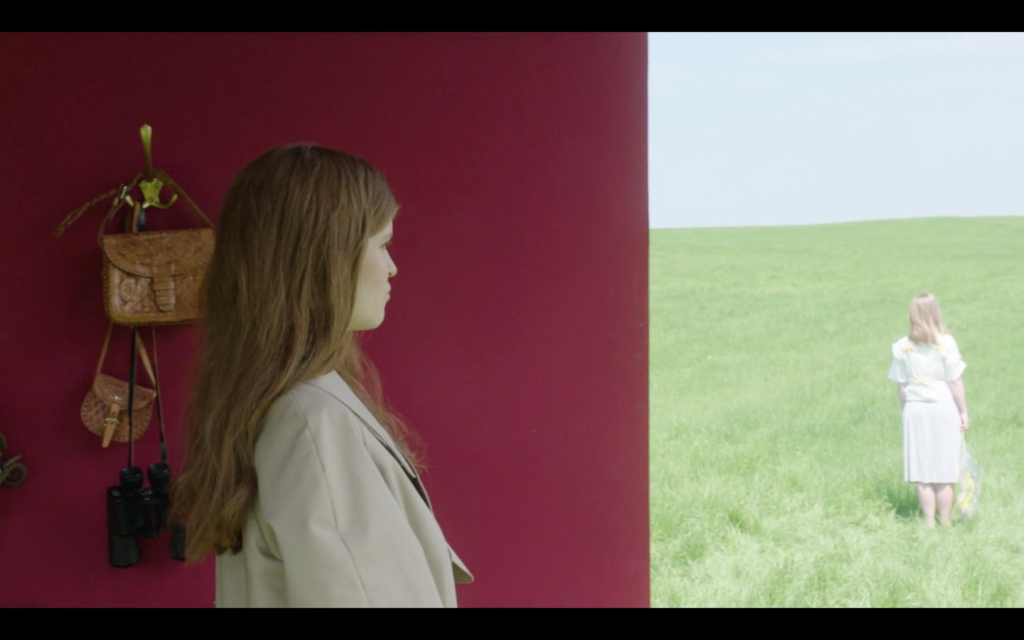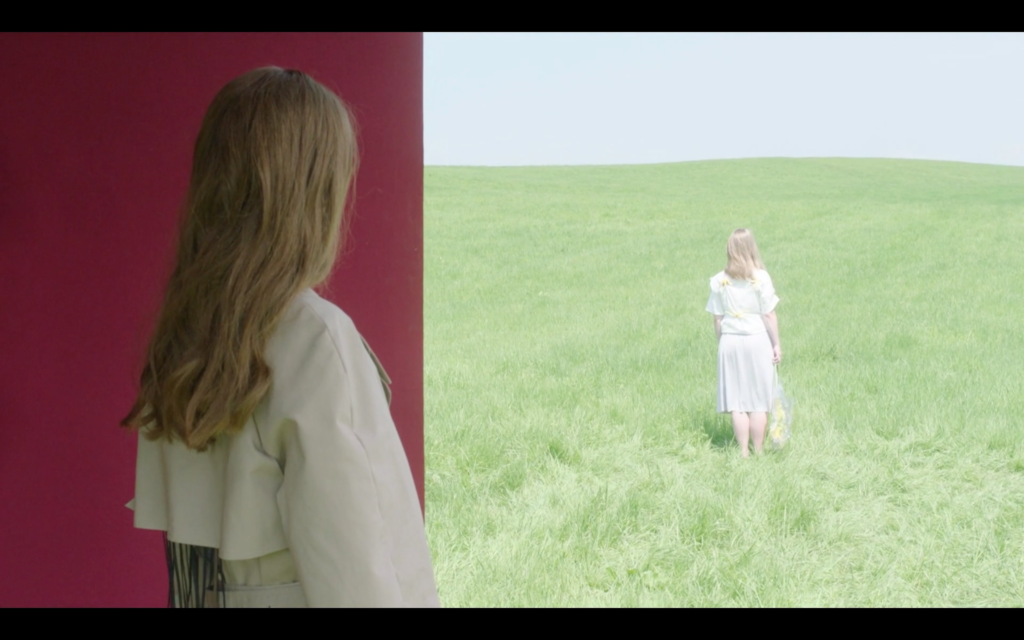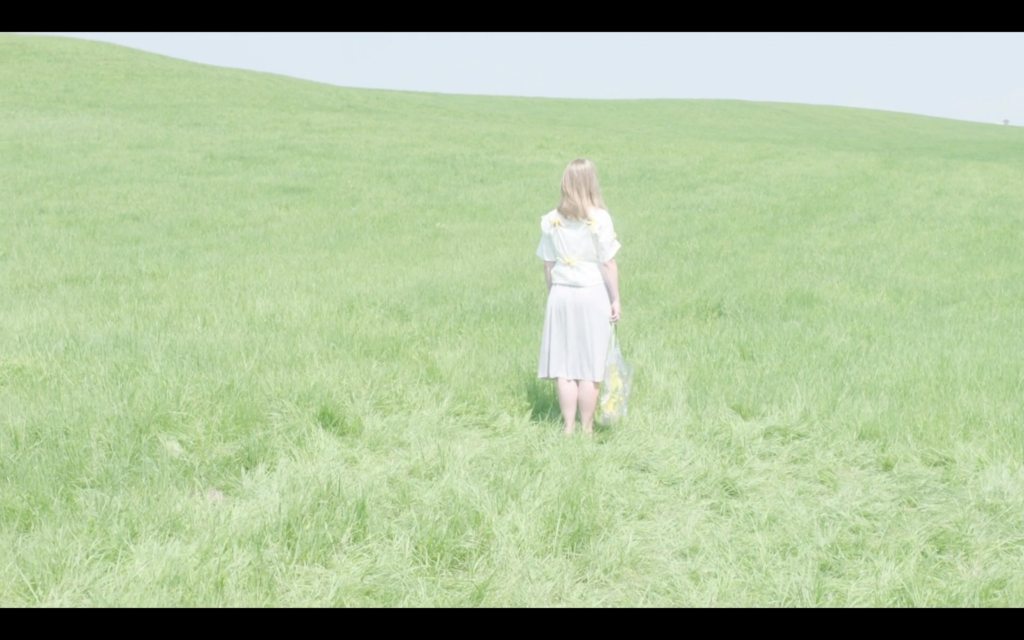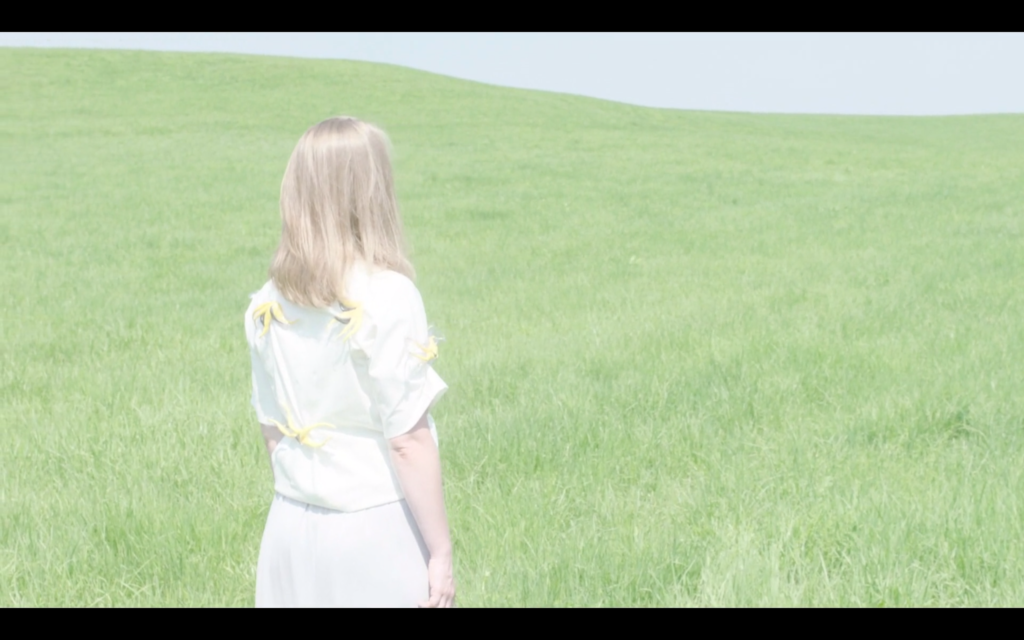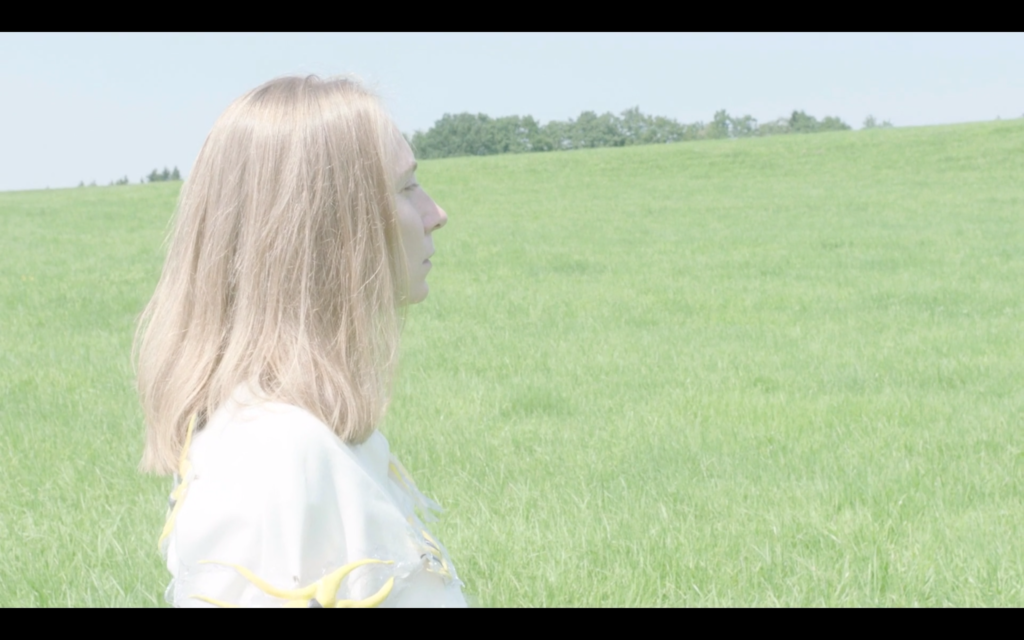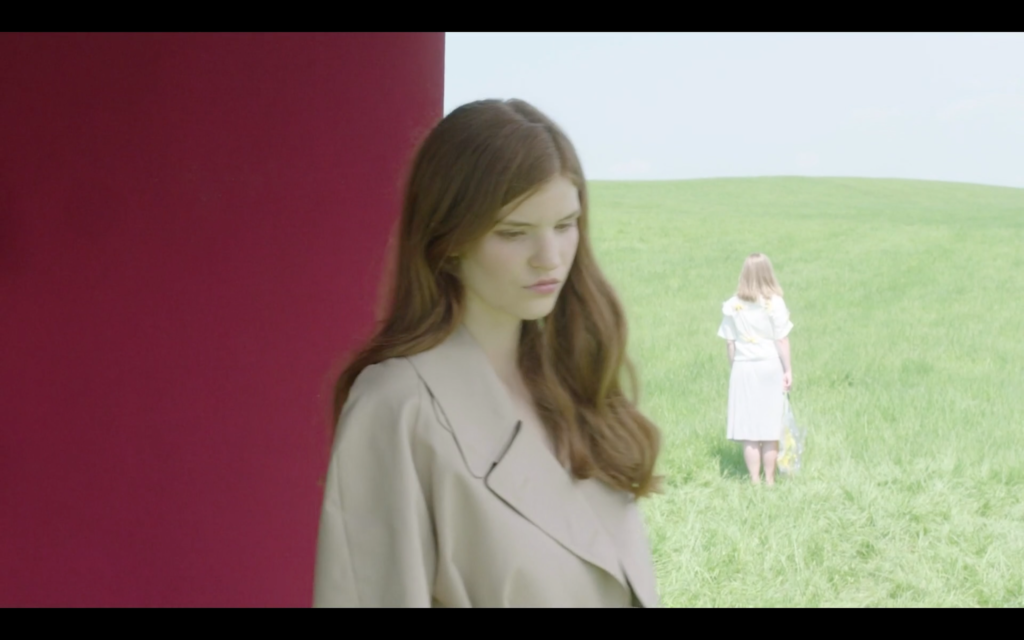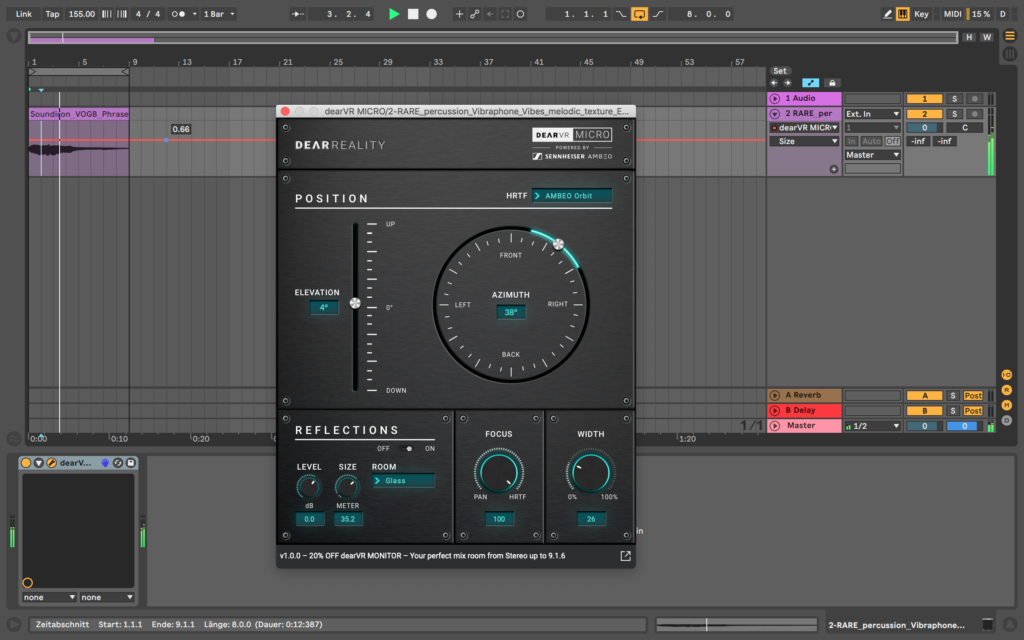Im Blogpost „Die Verwendung von Traumsequenzen in narrativen Filmen“ wurde bereits auf die Rolle von Träumen eingegangen. Dieser Blogpost soll daran anknüpfen und die Rolle von Drogen und Drogentrips im Film behandeln. Wie man aus dem Blogpost „Rauschzustände im Film. Der Sprung vom Experimentalfilm zum Spielfilm ins Mainstreamkino“ schon herauslesen konnte, schienen Drogen schon sehr früh in der Filmgeschichte auf und übernahmen zu unterschiedlichen Zeiten und gesellschaftlichen Entwicklungen auch unterschiedliche Rollen.
Akt der Zerstörung und Isolation
Sehr häufig besteht die Funktion von Drogen im Film darin, einen Akt der Zerstörung und Isolation zu Symbolisieren. Beispiele dafür wären der Abstieg und die Rettung des Junkies Jim Carroll in „Jim Carroll – In den Straßen von New York“ (1995), der Selbstzerstörungswahn in „Fear and Loathing in Las Vegas“ (1998) oder der Drogenkonsum in dem Film „Walk the Line“ (2005) der den biografischen Hintergrund des Musikers Jonny Cash aufzeichnet.
Opfer von Drogen und Gesellschaft
Der Hauptcharakter in „Jim Carroll – In den Straßen von New York“ (1995) befindet sich nicht nur in einem Akt der Zerstörung, sondern nimmt auch eine Opferrolle ein. In dem Film „Requiem for a dream“ (2000) wird Drogenkonsum ebenfalls als „zerstörerischer Albtraum ohne Hoffnung“ dargestellt[1] und der Film „Dealer“ (1998) thematisiert mithilfe einer Charakterstudie eines Dealers die Hilflosigkeit von Süchtigen.
Droge als einziger Ausweg
In den Filmen „Jim Carroll – In den Straßen von New York“ (1995) und „Walk the Line“ (2005) werden Drogen als Ausweg aus Sinneskrisen oder persönlichen Krisen genutzt, während sie in „Clockers“ (1995) den letzten Ausweg zur Existenzsicherung darstellen und in dem Film „Knallhart“ (2005) die Drogenmafia als letzte Lösung auf eine Chance auf Sicherheit und Schutz vor Bedrohung und Gewalt gesehen wird.
Flucht vor der Realität
Auch die Funktion als Fluchtmöglichkeit um der Realität oder seinem Alltag zu entkommen, wird, wie in den Filmen „Candy“ (2005), „Wasted!“ (1996) und „Human Traffic“ (1999) zu sehen ist, gerne eingenommen. Im Film „Trainspotting“ (1995) wird eine bewusste Entscheidung Drogen zu nehmen getroffen, um der normalen konsumorientierten Welt zu entkommen.
Bewusste Entscheidung
Wie gerade erwähnt wurde ist der Film „Trainspotting“ (1995) ein gutes Beispiel für die bewusste Entscheidung zum Drogenkonsum. Doch auch für den Konsum von Marihuana wird oft eine bewusste Entscheidung getroffen, da Marihuana in den Filmen „Grasgeflüster“ (2000) und „Lammbock – Alles in Handarbeit“ (2001) auch die Rolle als Genussmittel einnimmt. Der Film „Groove 130bpm“ (2000) stellt Drogen ebenfalls als Genussmittel dar, wenn es kontrolliert eingenommen wird.
Verstärkung der Sinne
Der Film „Candy“ (2005) ist ein gutes Beispiel für die Funktion von Drogen als Sinnesverstärkung. Der Film behandelt die Verstärkung der Euphorie und die Intensivierung der Liebe durch Drogenkonsum.
Drogen als Ersatz und Kompensation
In „Traffic – Die Macht des Kartells“ (2000) werden Drogen konsumiert um Liebe und Anerkennung zu ersetzen und im Film „Clubbed to death“ nimmt der Drogenkonsum die Rolle als Ersatz und Ausdruck unerfüllter Sehnsucht ein.
Als Chance
Der Film „Maria voll der Gnade“ (2004) handelt vom Schicksal von kolumbianischen Drogenkurieren und stellen den Drogenhandel als Chance, eine bessere Zukunft aufbauen zu können, dar. Auch der Film „Blow“ (2001) handelt von einem Drogendealer und ermöglicht eine eher positive Sicht auf den Drogenhandel, da er auch in diesem Film genutzt wird, um der Erfüllung der Träume des Protagonisten näherzukommen.
Wie zu erkennen ist, nehmen Drogen, Drogenkonsum und -handel verschiedene Rollen in narrativen Filmen ein. Während der Konsum von Marihuana und Haschisch meist als Genuss und Betäubung der Sinne gesehen wird, tragen Drogen wie Heroin, Crack und Kokain meist schwerwiegendere Folgen wie Selbstzerstörung oder die Einnahme einer Opferrolle nach sich, wobei die Motive meist die Flucht vor der Realität oder der Drogenkonsum als letzter Ausweg sind. Drogenkonsum im partysetting wird auch sehr oft in Filmen thematisiert und wird genutzt um der Realität zu entkommen, unerfüllte Sehnsüchte zu stillen oder einfach um in den Genuss der Sinneserweiterung zu kommen. All‘ diese Filme nehmen jedoch gleichzeitig auch die Funktion als Informationsquelle ein und zeigen wie eine Sucht verlaufen kann, ermöglichen die Identifikation mit den Charakteren und geben einen Einblick in ihre Motive. Manche Filme legen größeren Wert auf diese Informationsfunktion und manche Filme gelten eher der Unterhaltung. Je nachdem um welche Filme es sich also handelt können sie auch zu Suchtprävention und Aufklärung herangezogen werden. [2]
[1] Goette, Sabine/ Röllecke, Renate: Illegale Drogen in populären Spielfilmen. Eine kommentierte Übersicht über Spielfilme zum Thema illegale Drogen ab 1995. Köln: Bundeszentrale für gesundheitliche Aufklärung 2008, S. 23
[2] Goette, Sabine/ Röllecke, Renate: Illegale Drogen in populären Spielfilmen. Eine kommentierte Übersicht über Spielfilme zum Thema illegale Drogen ab 1995. Köln: Bundeszentrale für gesundheitliche Aufklärung 2008

